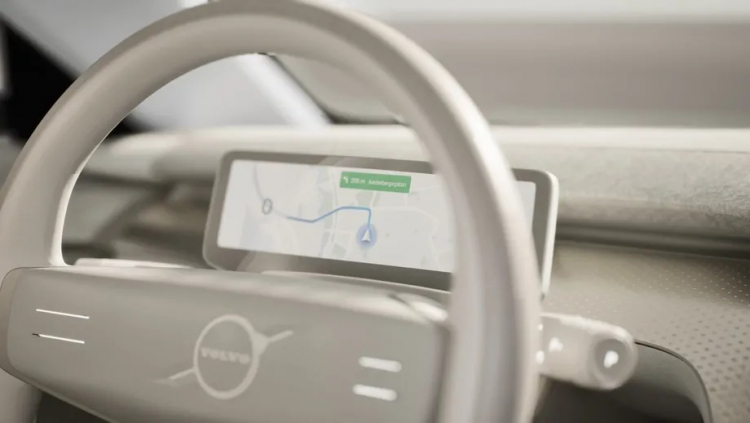VOLVO

Company will use Epic Games’ Unreal Engine for “photorealistic rendering”
Volvo will be one of the latest car brands to adopt Epic Games' Unreal Engine. The Swedish automaker intends to use a software solution for “photorealistic rendering” of objects in the computer systems of its next generation of electric vehicles.
The main objective of the partnership will be the modernization of the human-machine interface (HMI), which helps vehicle owners to interact with the machines. Volvo says Epic will help build a platform on which Volvo engineers can develop software that can improve the HMI while keeping on-board systems in line with stringent safety standards.
According to a representative of the automaker, the technology will make it possible to create really high quality graphics that can be reproduced with additional information overlaid. Safety will remain the cornerstone of production – Volvo hopes the Unreal Engine will help “draw” objects registered by external sensors, including cameras, radars and lidars. In addition, thanks to cooperation with Epic, the display of service information such as battery charge data or, for example, navigation information, will be improved.
The Unreal Engine has been Epic's main tool for creating realistic 3D graphics since 1998, when its first version was used in the first-person shooter Unreal. It has since been widely used in a wide variety of game genres and technologies far beyond the gaming space – in the film and television industries.
Epic recently said it would partner with General Motors to create a human-machine interface for the 2022 Hummer electric pickup. Epic is showing a growing interest in the auto industry, as modern cars are primarily developed in largely with the help of software tools, and secondly, they are equipped with touch screens, including those for operating infotainment centers. Therefore, Unreal can find many applications.

So far, the company has not announced which models the new technology will be used on and when exactly it will start being used in Volvo's mass fleet. By the middle of this decade, Volvo expects to sell 600,000 electric vehicles and build a battery factory in Europe by 2026. The company is currently working with Sweden's Northvolt to develop a new generation of batteries with higher capacity. The new traction batteries are expected to provide a range of more than 1000 km without charging, and the charging itself will be carried out much faster.
Volvo is known to aim to accelerate software development on its own – under the “umbrella” of the VolvoCars.OS operating system, all of the company’s other internal software platforms for electric vehicles, including Android Automotive OS, Blackberry QNX , Linux and AUTOSAR , will operate. According to the company, the new architecture provides for the use of two NVIDIA chipsets. One will be responsible for the basic functions, and the second – for the operation of semi-autonomous systems and other advanced technologies. In the future, the manufacturer plans to combine two computers into one system. At the same time, increasing the functionality of cars is a real problem – no 3D animation should distract the driver, so there are no plans to use functions that could reduce the level of safety.
Image source: Volvo

Nenhum comentário:
Postar um comentário